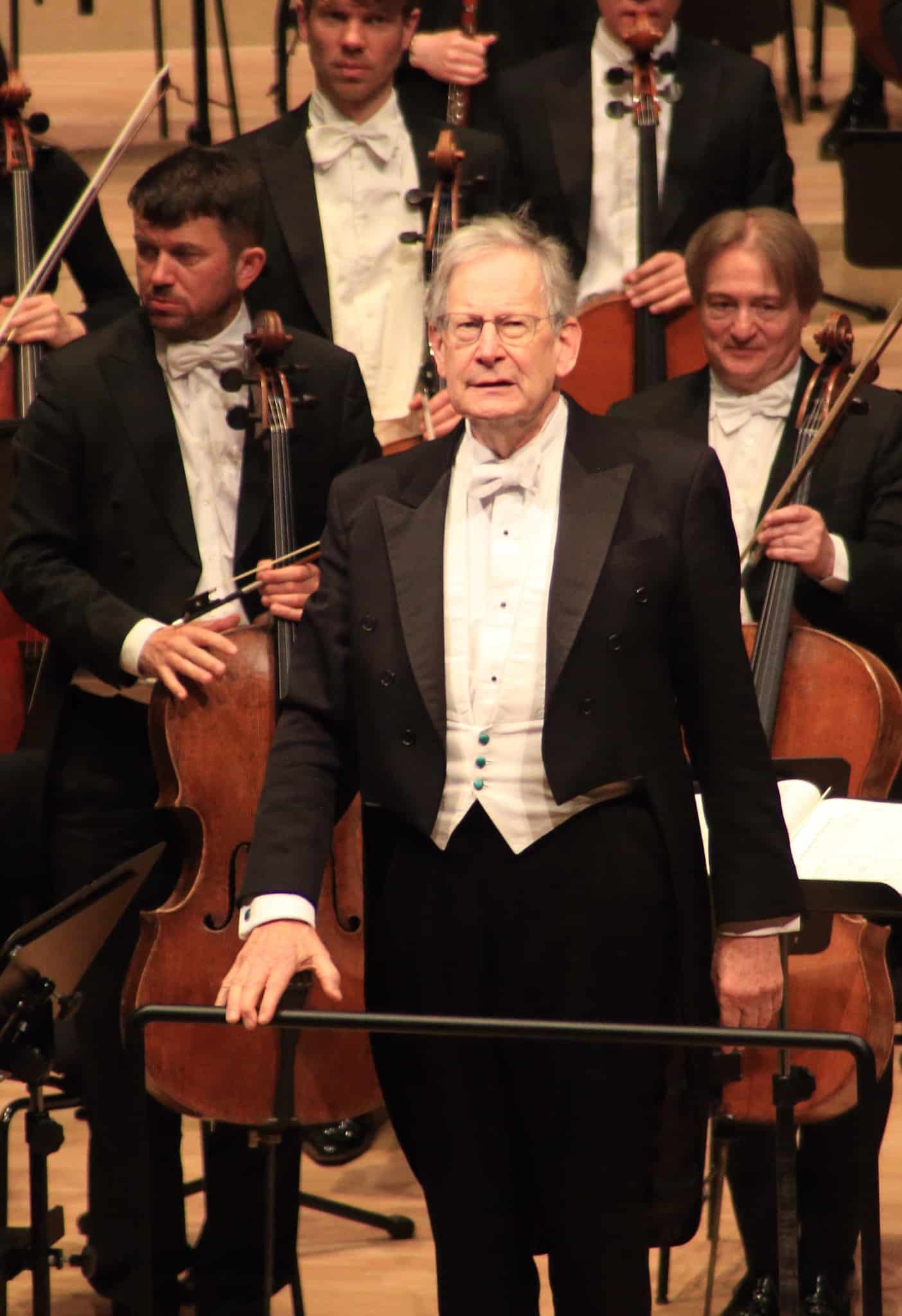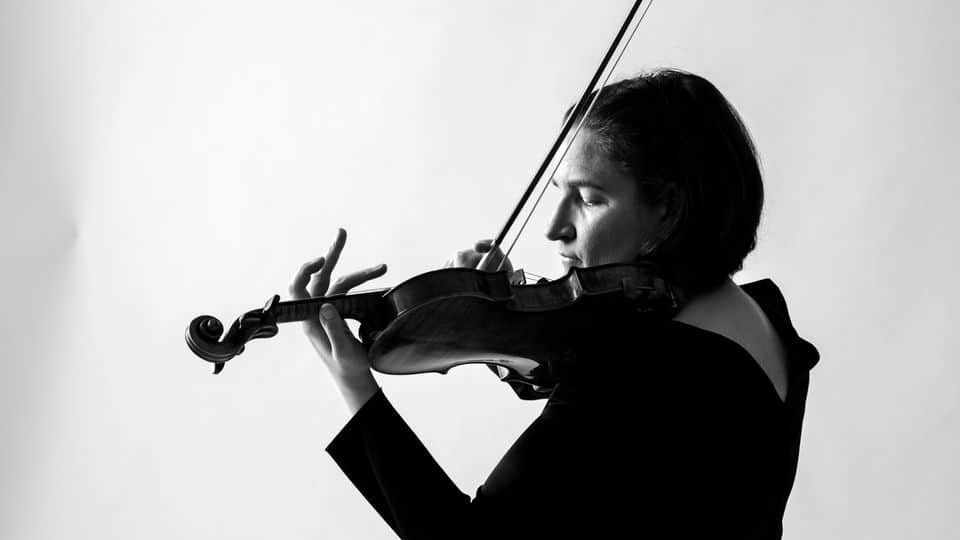America’s most exclusive college? It’s Curtis
mainThe most selective college in the United States is Philadelphia’s Curtis Institute of Music, according to StartClass, an education research org.
Curtis admitted just 5.1 percent of applicants in 2014-15 – 14 out of 277 – tying for top place with Stanford.
Juilliard? Way back in 10th place.
Must try harder, New York.

The list of exclusivities:
1. Curtis Institute of Music: 277 applicants, 14 accepted, 5.1 percent acceptance rate
2. Stanford University: 42,167 applicants, 2,145 accepted, 5.1 percent acceptance rate
3. Harvard University: 34,295 applicants, 2,045 accepted, 6 percent acceptance rate
4. Yale University: 30,932 applicants, 1,950 accepted, 6.3 percent acceptance rate
5. Columbia University: 32,967 applicants, 2,291 accepted, 6.9 percent acceptance rate
6. Princeton University: 26,641 applicants, 1,983 accepted, 7.4 percent acceptance rate
7. United States Naval Academy: 17,618 applicants, 1,398 accepted, 7.9 percent acceptance rate
8. Massachusetts Institute of Technology: 18,356 applicants, 1,447 accepted, 7.9 percent
9. College of the Ozarks: 3,407 applicants, 283 accepted, 8.3 percent acceptance rate
10. The Juilliard School: 2,385 applicants, 201 accepted, 8.4 percent acceptance rate





College of the Ozarks?
From COTO’s website under Admission Criteria:
“Students should be in the top half of their graduating class with a preferred high school gpa of 3.0 and obtain our preferred score of 20 on the ACT (the College requires the ACT with Writing) or a 950 on the SAT. We pay particular attention not only to these factors, but also to the types of courses taken in high school and their levels of difficulty. It is to your advantage to have above average grades, especially in English classes. The College provides a scholarship for tuition to every student admitted; it is important that the College invest its resources in students who have a track record of success in their academic experiences.”
How in the world did they make this list?
Something wrong there. It is “Christian, liberal-arts” — usually a contradiction on terms in America.
Anyway, who with the sort of marks and requirements of the place would have to go there? You can get liberal arts education on other places. “Christian” (the way the US uses that word is reprehensible to most Christians elsewhere) colleges are mercifully not quite so thick on the ground.
There are lots of church-related liberal arts colleges in the US. I went to one.
Never had to go to Church or Chapel even once. Only one religion class was required. I took “Religions of the East.”
To be accredited they have to maintain pretty sane curriculums, unlike unaccredited bible colleges.
Well, half the students in the world are qualified since it is nearly impossible to score as low as 950 on the SATs. Plus, they apparently offer free tuition.
The free tuition is probably the key, because standards of 950 on the SAT and 20 on the ACT are not very stringent. That’s mediocre at best.
Remember that SAT and ACT exams promise to be only indicators of a student’s likelihood of success… in the first semester of college. They are not good indicators of success after that.
College use them to weed out obviously poor candidates and then can concentrate on choosing students who have interesting qualities that are not reflected solely in the three Rs.
Musical accomplishment, for example.
These figures for Curtis are strange. I know that Curtis has over 1000 applicants every year and accepts 45-50 of those candidates (the percentage is still about the same as the above quote). The more interesting figure is the number of applicant-candidates who accept the offer of the school. Curtis is typically around 85% yield (those who actually attend who were accepted).
FYI: The College of the Ozarks also offers full-tuition scholarships to all students and has a stated goal that students will graduate without debt. They are all encouraged to work on campus during their studies. Berea College in Kentucky is another school with a similar profile.
FYI: Juilliard has a larger enrollment (700+ vs 165+) and a broader mission than Curtis (more offerings and departments at Juilliard including dance and theater) Their acceptance rate is still most admirable for a school that charges tuition but also offers generous scholarship opportunities. NYC is doing fine, IMHO.
This list indicates the quality of the applicant pool and not necessarily the quality of the education offered. I take it with a rather large hunk of salt as I do all scholastic rating systems such those offered by US News and World Report.
I’d say there’s a very strong relationship between “the quality of the applicant pool” and the “quality of the teaching” since nobody with very high entry criteria is going to opt for a college which has a lesser reputation. It’s the old supply and demand equation.
And Juilliard may have more of an ‘affirmative action’ plan which could influence acceptances and subsequent results. I only speculate on that as one possible reason it’s 10th on the list.
Correct me if I’m wrong, Bob, but at our last Friends Bd. meeting, we were informed that the acceptance rate for ’15 was somewhere around 3.2%. That figure has been quoted in other publications. As for SAT scores, as we know, many international students arrive here not speaking the language, certainly a disadvantage in the testing process, and mount that hurdle while contending with their musical studies. Exceptional young people, all.
Those figure quoted above for Curtis make no sense and I have no idea who is actually behind “StartClass” and their research which appears faulty and least in this case. Please remember that the acceptance rate is NOT the actual admission rate for any school. I think we would all be better off ignoring these statistics.
Concerning SAT and ACT scores, they are becoming increasingly irrelevant especially at elite schools who now take a “portfolio” or global approach to admissions. Some schools in the USA no longer require standardized tests but accept them for placement purposes once a student is accepted. I believe that Juilliard now uses this approach.
I would also take the chauvinistic flaunting of percentages by some schools with a ton of salt.
They claim to be highly selective yet I have noticed that the playing of some “non traditional” students in recent years are not up to par…….
What is your definition of a non-traditional student?
The Au Bon Pain in Ozark Square is where the really smart people hang out.
… shouldn’t a college be judged more by the quality of its output than its input?